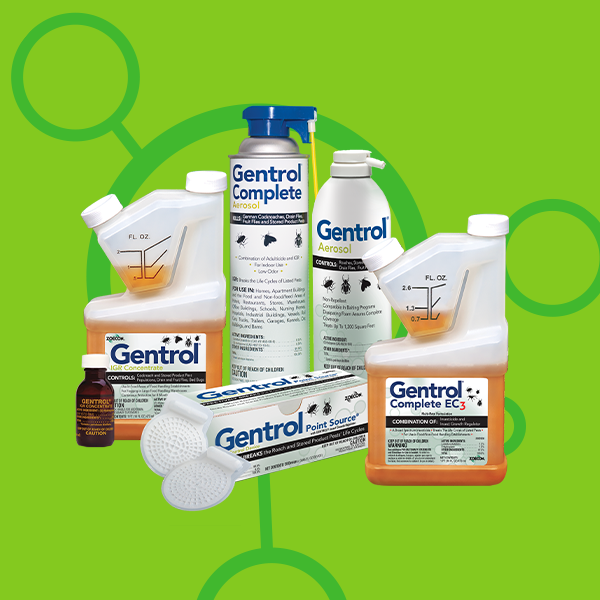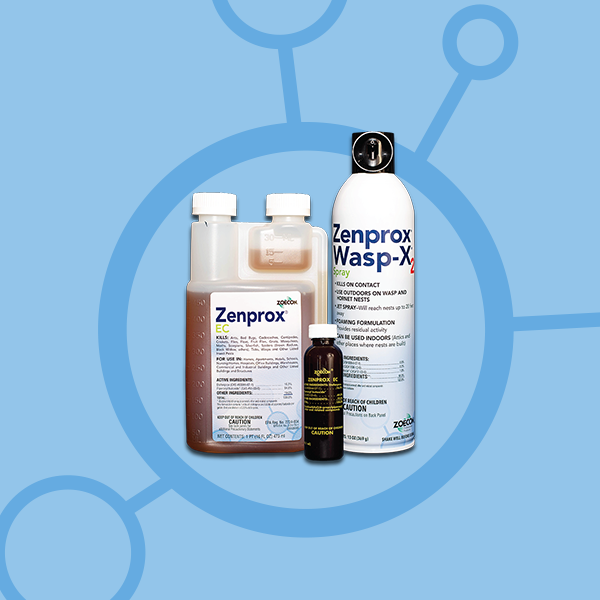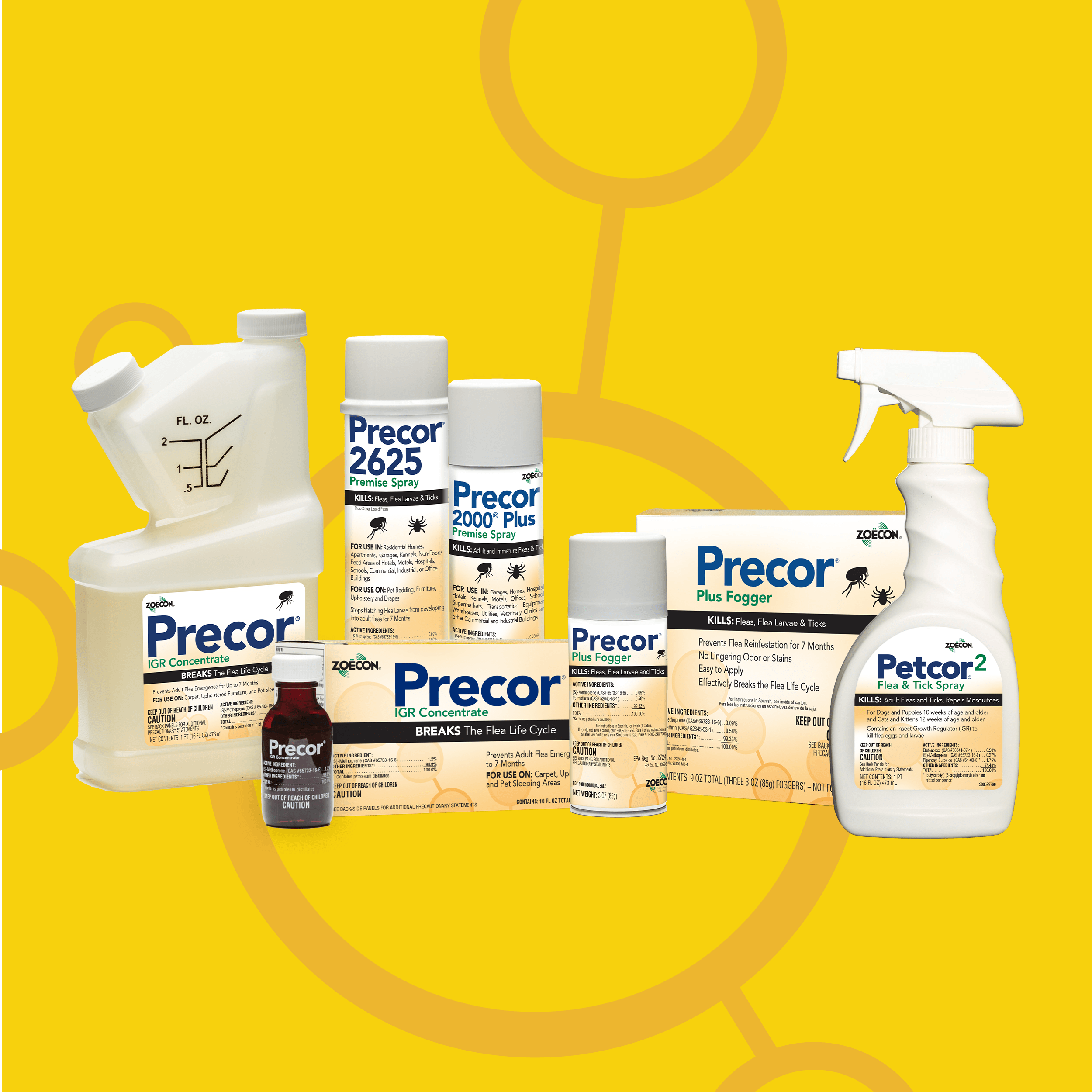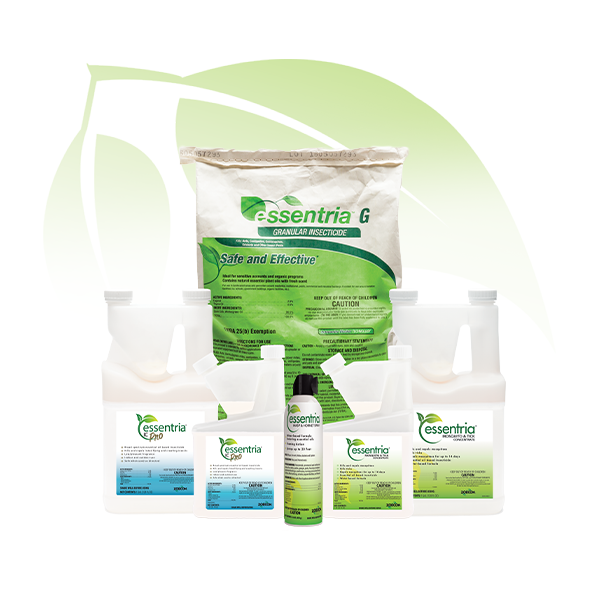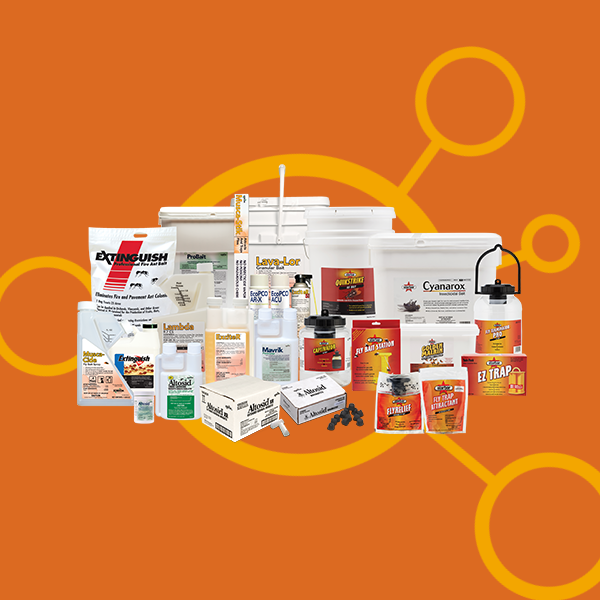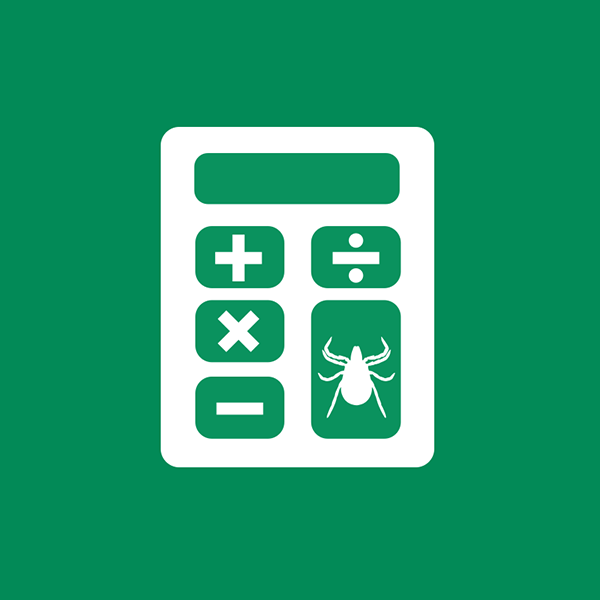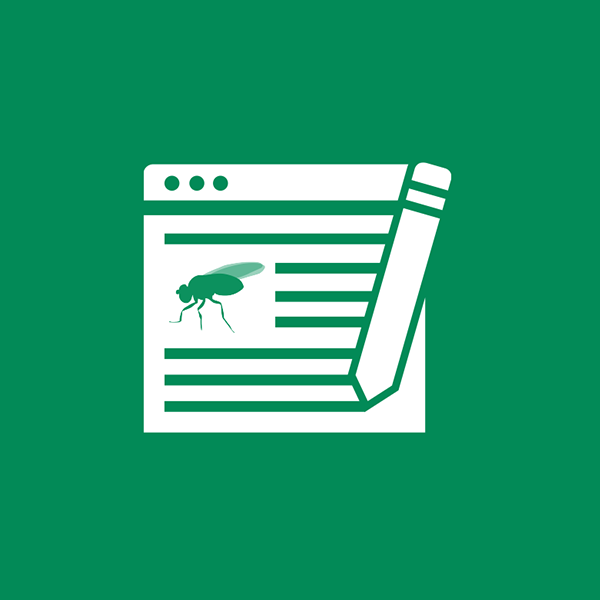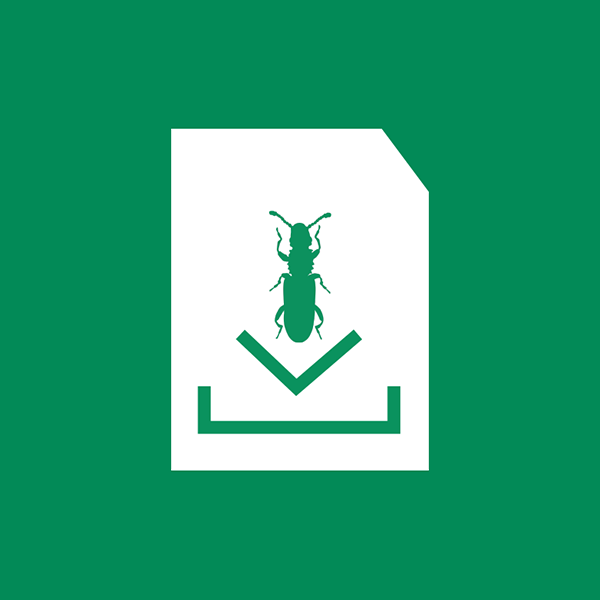-
TICK HABITATS
- Border areas of lawns
- Wooded areas
- Tall brush/grass
- Under leaves, under ground cover (plants) in yard, and in leaf litter
- Around stone walls and woodpiles where mice and other small mammals live
- Ticks are generally found around bodies of water where wildlife gather to drink
-
TICK LIFE CYCLE
Ticks can take up to 3 years to complete their full life cycle.

-
TICKS BEHAVIOR
- Ticks feed on the blood of their hosts and become active at about "45º F"
- Soft ticks live in the nests of their hosts, hard ticks live in the environment, except when feeding
- Ticks have prolonged feeding behaviors that make them excellent vectors of disease
- Tick questing is when hard ticks cling to vegetation in a position to latch onto passing animals
- Hard ticks excrete a milky white substance that hardens like latex and helps them maintain their hold on hosts
-
DISEASES
Below is a list of diseases, the ticks that transmit them and when applicable, the regions they can be found. To learn more about tracking tips and the spread of these diseases, visit www.CDC.gov/ticks.
Anaplasmosis: Pacific coast, Northeast and Midwest.
Babesiosis: Northeast and Midwest
Borrelia Mayonii: Minnesota and Wisconsin
Colorado tick fever: Rocky Mountain states at elevations of 4,000 to 10,500 feet
Ehrlichiosis: Primarily Southcentral and Eastern United States
Heartland virus: Midwestern and Southern United States
Lyme disease: Northeast, Upper Midwest and Pacific coast
Powassan disease: Northeast and the Great Lakes region
Rickettsia parkeri rickettsiosis: Southwestern United States
Rocky Mountain spotted fever (RMSF): Primarily in Southeastern United States
STARI (Southern Tick-Associated Rash Illness): Southeastern and Eastern United States
Tularemia: Throughout United States
*Resource: The Center for Disease Control “https://www.cdc.gov/ticks/diseases/index.html”
SPECIES OF TICKS

(aka Wood Tick)

(aka Deer Tick)





TICK CONTROL PRODUCTS
Be prepared for tick season with a combination of products that will help protect customers from ticks. Zoëcon has a lineup of highly effective adulticides with a variety of active ingredients and applications so you will be ready to fight ticks wherever they’re hiding.
Apply as a spot treatment to kennels, yards, runs, and other areas where pets may frequent to limit ticks on pets. Apply using a coarse fan spray around perimeters to vegetation, brush, branches, rock walls, and other habitats where ticks are found.
This easy-to-use tick barrier treatment is ideal for use around residential and commercial buildings. With no visible residue or lingering odor, use Mavrik® Perimeter to treat lawns, gardens, and trees. Safe to bees once dried.
Apply Essentria® IC-3 outside as a perimeter spray treatment and on vegetation for natural tick control. This natural insecticide has no water setbacks and no pyrethroid restrictions.
Apply alone as a fogging, general surface, space, spot or crack-and-crevice treatment or combined with an insecticide as a tank-mix synergist to help combat tick resistance. ExciteR™ insecticide is approved for use both outdoors and indoors.
CONTROL WITH CONFIDENCE
We’ve made all of this information easier to print and share with our Tick Fact Sheet. Simply download and print out to provide your team with the information needed to offer sound tick control advice and treatment recommendations for your customers.

